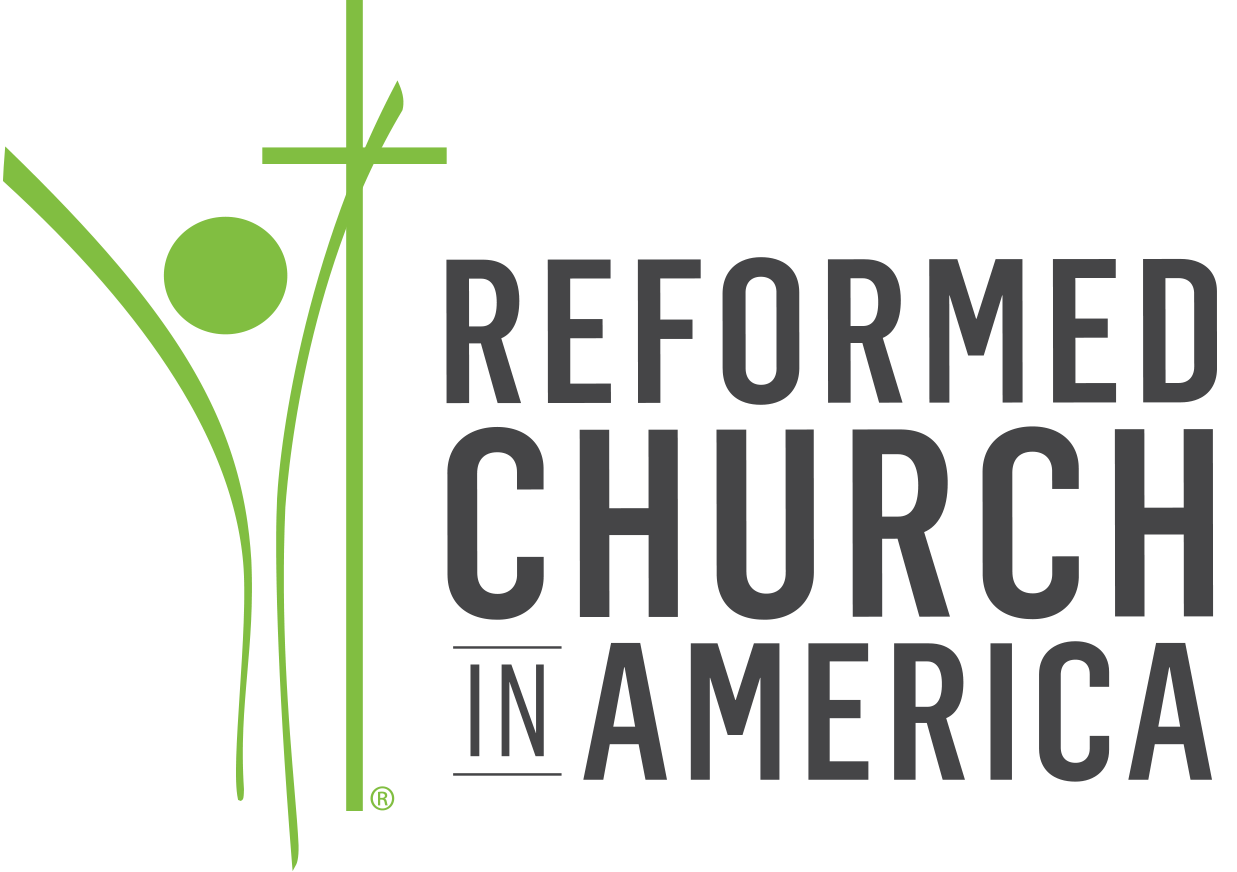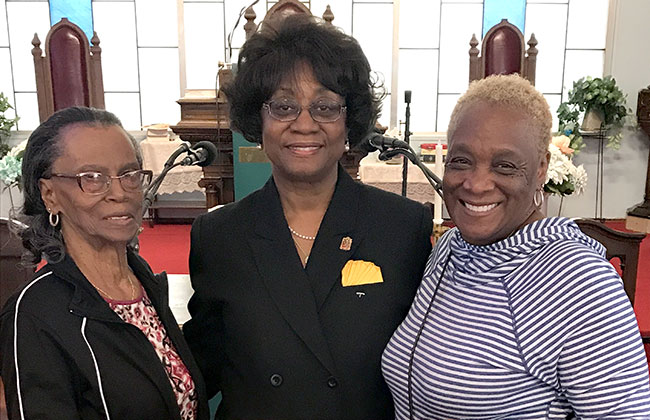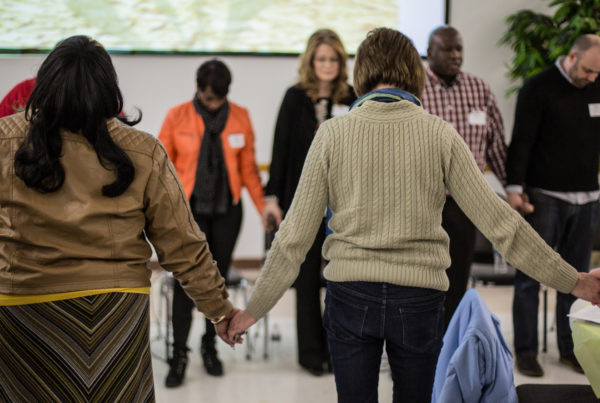Hidden beneath the city for more than 150 years, a burial ground for Harlem’s earliest black residents is rewriting New York history.
The story of African Americans in Harlem didn’t start with the Harlem Renaissance. It actually began more than 200 years before Langston Hughes pondered the fate of a dream deferred. In the 1600s, Harlem was still “Nieuw Haarlem,” a small Dutch farming village.
“Haarlem was actually very diverse,” says Rev. Dr. Patricia Singletary, pastor of Elmendorf Reformed Church in Harlem. “There were enslaved Africans, free Africans, and also other entities. They were part of the community and the church.”
Yet this part of the story has often been left out of history books. The rediscovery of a seventeenth-century African burial ground is helping change that. And last fall, the New York City Council approved plans to honor the burial ground with a monument and cultural center.
At the center of both the burial ground’s history and efforts to preserve it is Elmendorf Reformed Church. In the mid-1660s, Elmendorf (then called the Low Dutch Reformed Church of Harlem) set aside land for two cemeteries, one of them for people of African descent.
Few realize the important role these early New Yorkers played in shaping their city: “People of African descent … both enslaved and free, created the foundations of the city as we know it,” says Dr. Singletary, whose doctoral work at New Brunswick Theological Seminary focused on the burial ground.
Unfortunately, their contributions were met with little respect for their final resting place. After the church sold the burial ground in 1853, a succession of buildings were built and torn down on the land. First came Sulzer’s Harlem River Park and Casino, an amusement ground and beer garden. Then army barracks for World War I soldiers. After that, a movie studio owned by William Randolph Hearst. Finally, in 1947, a bus depot.
Sixty years later, plans were taking shape to rebuild the bus depot when construction work on a nearby bridge led to the burial ground’s rediscovery.
Because of the land’s connection to Elmendorf Reformed, a city official called Dr. Singletary. The official promised not to damage any remains, but Dr. Singletary was concerned. This burial ground was an important piece of Harlem’s history. She wanted to see it honored, not buried beneath a bus depot. And she wasn’t alone.
Led by Dr. Singletary, a group of activists, historians, and elected officials formed the Harlem African Burial Ground Task Force (HABGTF) in 2009 to advocate for the burial ground’s preservation. The task force collected ample documentary evidence of the burial ground, including the names of more than 60 people interred there. They even traced one family’s family tree.
Still, the Metro Transport Authority (MTA) continued to claim there wasn’t sufficient evidence of a burial ground beneath the bus depot—until their own archaeological study came to the opposite conclusion. Conducted at the task force’s urging, the 2011 study led the MTA to reevaluate its construction plans. In 2015, the depot was closed.
Later in 2015, the city sponsored another archaeological excavation that uncovered several hundred artifacts from the burial ground. Among them were more than 100 human bones. Most were fragments, but the archaeologists found one skull intact. It belonged to an adult woman of African descent, whom Dr. Singletary named Nana. The church held a memorial service in her honor at the site of disinterment.
These findings gave the task force and church enough evidence to move forward with a proposal to memorialize the burial ground. In September 2017, the New York City Council unanimously approved a plan for a cultural center, monument, and affordable housing project. The city council also issued a proclamation recognizing the work of the task force in preserving the historical site. As of late January, the burial ground is listed on the U.S. National Register of Historic Places.
“Now we can honor the legacy of those who worked so hard in this village and beyond to make New York City the place it is,” says Dr. Singletary. “We acknowledge our past, become alive in the present, and care for the future—whatever it takes. We have to just let God have his way and be ready for God to move. … Every time we met about the burial ground, we prayed in the name of Jesus, even when we were with this diverse, multifaith group of people. Why? Because that’s where our deliverance is going to come; that’s where the breakthrough will come.”
Dr. Singletary and the task force are working to set up a nonprofit to oversee the burial ground project. They expect design and construction of the memorial to take place between 2020 and 2023.
Learn more about the Harlem African Burial Ground and the planned memorial on the Harlem African Burial Ground Task Force website.





